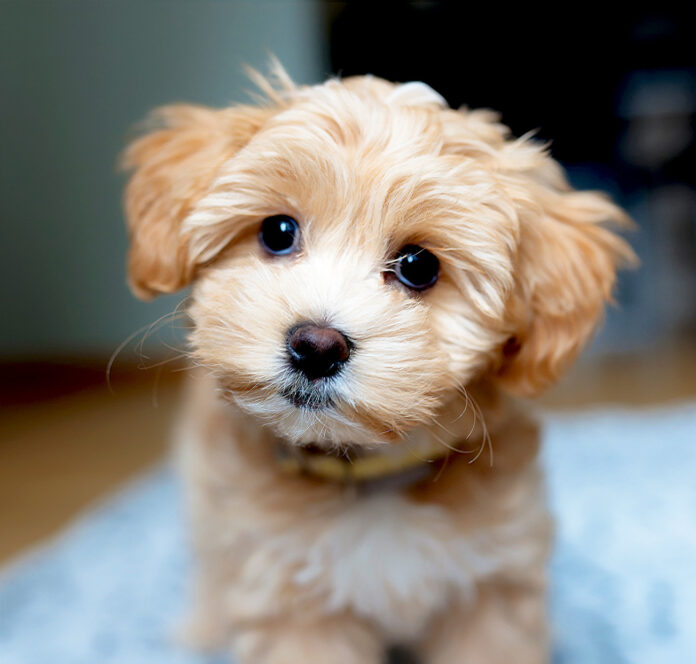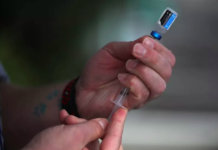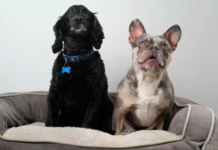Last Updated on September 5, 2022 by Fumipets
When it comes to purchasing a puppy, no one wants to be taken advantage of, overcharged, or pushed into making a hasty decision.
On the other hand, buying a cheap puppy only to discover that you’ve already been connected to a dog with much more health and/or behavioural issues than you bargained for isn’t much fun either.
What should you expect to spend for a well-bred, healthy Maltipoo from a reputed breeder, realistically?
What Is the Price of a Maltipoo? Maltipoo costs may vary from $500 to more than $2,500, with the most typical price range being $800 to $1,000. Price is influenced by factors such as a breeder’s reputation and location; a puppy’s age, size, and lineage; and current demand.
We’ll walk you through the pricing ranges for Maltipoos, educate you on what to look for in a good breeder, show you how to identify a bad breeder, and give you some pointers on where to find older Maltipoos looking for a new home.
Actual Maltipoo Prices From Real Breeders
Take a look at these genuine Maltipoo breeders and the prices they charge for their pups to get a better sense of real-world pricing.
| Breeder | Location | Price |
| Pierce’s Precious Puppies | Illinois | $1,800 |
| Playful Pups For You | Georgia | $650 – $850 |
| Denning Farms | Iowa | $950 – $1,100 |
| Judy’s Pups | California | $875 |
| Artistry Pups | Florida | $2,000 – $2,500 |
Factors That Influence Maltipoos Prices
Is there a pattern or explanation for the disparity in Maltipoo prices? In certain cases, yes, and in others, no.
The following are the most frequent variables that affect a puppy’s pricing, however, keep in mind that some breeders, especially those with a bad reputation, may demand excessive fees for ordinary puppies.

Breeder Reputation
Experienced Maltipoo breeders who strive to consistently produce the highest quality, healthiest puppies and who are committed to establishing breed standards in the hopes of one day seeing the breed recognised by the American Kennel Club (AKC) and other similar organisations typically charge a higher price for their puppies.
Puppy’s Age
The majority of prospective puppy owners want to get pups as soon as they become available for purchase so that they don’t lose out on the crucial socialising period.
Because fewer individuals are interested as a puppy gets older, the price is often lowered, sometimes significantly.
Breed’s Current Popularity
When a breed, or in this instance, a crossbreed, becomes more popular, prices typically rise in tandem. When interest rates fall, prices typically fall as well.
Registration
The price of a puppy may be influenced if the parents or litter are registered with organisations like the AKC.
Wait. A registered mixed dog?
Yes. Crossbreeds may now be registered, given an ID number, and compete in obedience and agility events, among other dog sports.
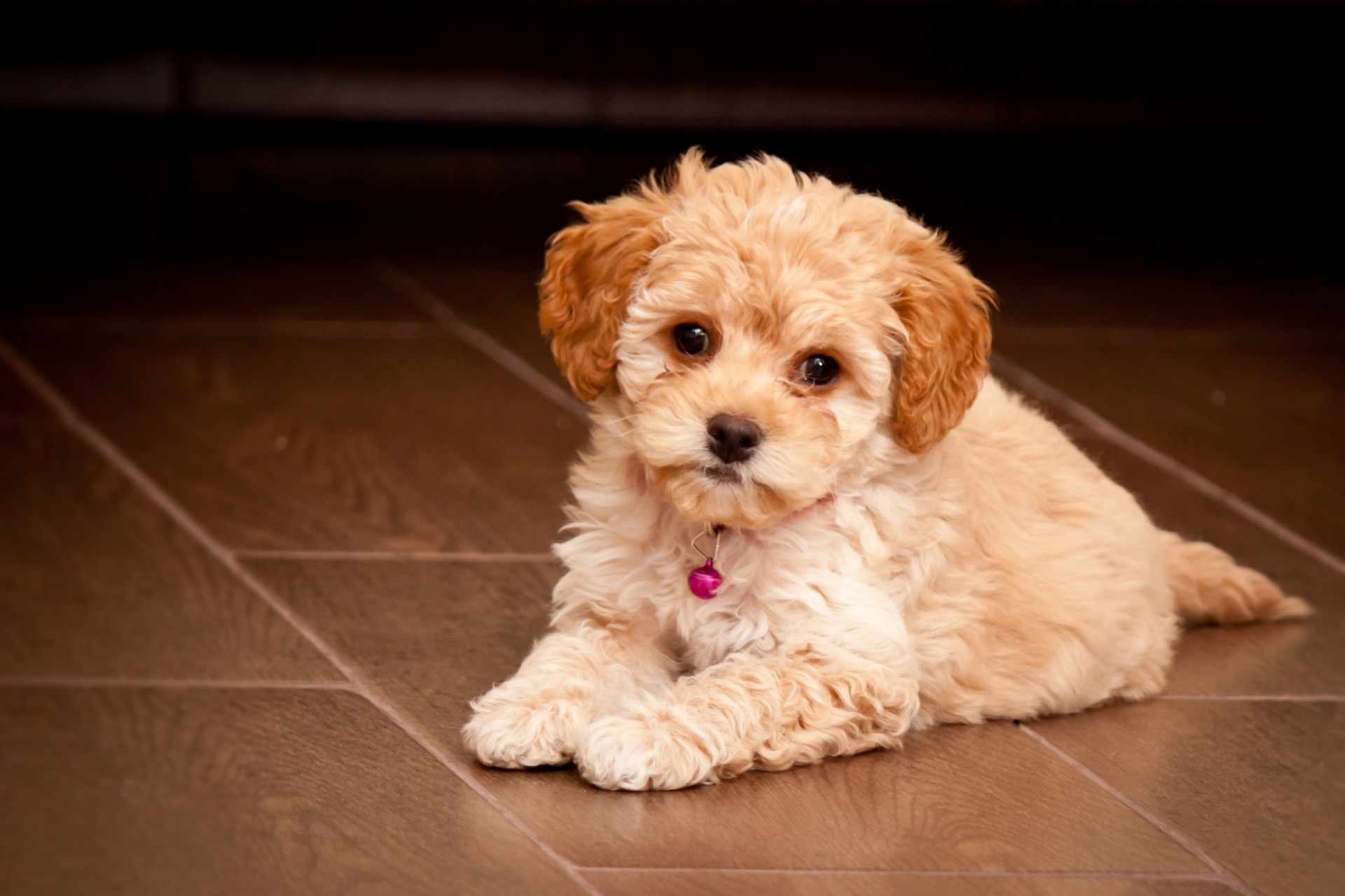
Health Screenings and Genetic Tests
Before breeding, a good breeder would examine the parent dogs to rule out the potential of hereditary health issues being passed down to the litter.
After breeding, a number of veterinarian checkups are required to ensure that the pregnancy is progressing properly and that the resultant litter is healthy and flourishing.
The additional expenses mount up fast, resulting in more costly pups.
Coat Colour and Type
Some breeders may charge a higher price for a puppy with a certain hair type or colour that is in great demand.
Size
Pups that are anticipated to be tiny when fully grown (less than 5 pounds) typically cost more than puppies who are expected to be in the standard Maltipoo weight range (average 7 -14 pounds).
Unfortunately, not all breeders are trustworthy, and some may attempt to persuade you that, despite the fact that the puppy’s pedigree includes many Miniature Poodles, the puppy should be kept tiny.
Don’t be fooled!
Knowing what sizes to anticipate depending on the puppy’s parentage may help you avoid getting overcharged when it’s time to hand over your cash.

Generation
Because just one Maltese and one Poodle are needed to make an F1 generation puppy, they are typically the cheapest.
The breeder may only need to keep one dog on their grounds if they utilise a stud service or artificial insemination, but utilising an outside source for sperm may be costly and raise the pup’s price.
F2 and later generations take considerably longer to develop since the breeder must wait till his F1 dogs are old enough to breed, then wait for the following generation to mature before breeding them.
To guarantee that their litters are not inbred, the breeder must additionally shelter, feed, and care for many (often many) dogs.
The cost of multi-generational pups rises as a result of all of this additional time and effort.
Pedigree
If one or both of Maltipoo’s parents have won awards in the show ring, the record of their accomplishments will be included in the pup’s pedigree and reflected in his price.
Breeder’s Location
It’s possible that breeders in or near major cities may charge a greater fee.
This is due to the fact that they are selling to a bigger audience that earns a greater income than those who live in rural areas.
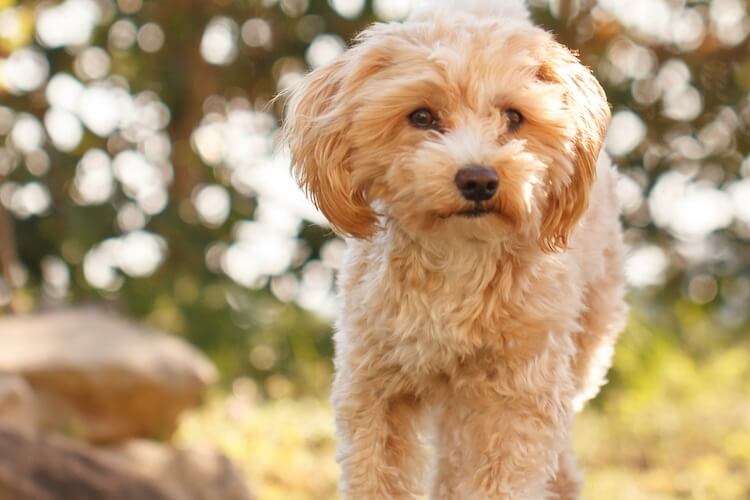
How To Tell The Difference Between A Good Breeder And A Bad One
It may be difficult to find your way through the world of dog breeders.
Knowing how to tell the difference between a good breeder and one who is just trying to make a fast buck may save you time and heartache.
Quality Breeders
Reputable breeders really care about their dogs, and they will thoroughly vet all prospective purchasers to ensure that the puppy will be properly cared for. Furthermore:
- Their breeding stock and pups will be healthy, clean, well-fed, and friendly.
- The facilities will be odour-free, climate-controlled, and hygienic.
- Health testing will be done on a regular basis, and the findings will be made public.
- It will be standard practice to educate the buyer about the breed in general, how to care for a new puppy, immunizations, and possible health problems.
- Both the breeder and the buyer will sign a contract detailing the breeder’s responsibility for the puppy and the buyer’s obligations.
- Finally, whether or not a Maltipoo breeder discusses grooming with you is an important aspect to consider when evaluating whether or not they are really outstanding.
Keep an eye out for these warning signs.
Breeders of poor quality are usually simple to spot.
There are clear indications, such as not behaving professionally or having more canines on-site than can be adequately cared for.
Also, keep an eye out for:
- Filth and foul smells
- Failure to screen the dogs for hereditary diseases before breeding.
- Puppies that have not yet been checked and given a clean bill of health by a veterinarian.
- Sick, frightened, shy, hostile, or violent dogs.
- Rushed sales.
- Lack of contract and time spent on education.
- Unwillingness to show buyers where the puppies are kept.

Is Adoption a Possibility?
Although it is commendable to want to adopt a Maltipoo that is in need of a stable, loving home, Maltipoos are such lovable, lively family pets that they are seldom placed up for adoption.
But don’t give up hope. Check with each of the following.
Shelters
Extenuating circumstances or bad luck may lead to these beautiful little puppies ending up at animal shelters or in the hands of a rescue organisation.
Begin by contacting your local shelter and those in the neighbouring areas. Request to be put on a waiting list if none are available.
Online Adoption Resources
Adopt-a-Pet.com and Petfinder are good sites to look for Maltipoos who are looking for a new home.
Expand your search radius to include neighbouring major cities if you’re willing to travel to get your new puppy.
When looking for an adoptive Maltipoo, don’t overlook the power of social media.
Make as many connections with Maltipoo owners and organisations as possible to spread the word about your desire to adopt. Facebook groups for Maltipoos are excellent for this.
Rescue Organizations
Look into rescue organisations that deal with Maltese and Poodles, such as the American Maltese Association Rescue, Southern Comfort Maltese Rescue, and Poo Mix Rescue.
This kind of group often accepts mixed breeds such as Maltipoos as well as purebred dogs.

